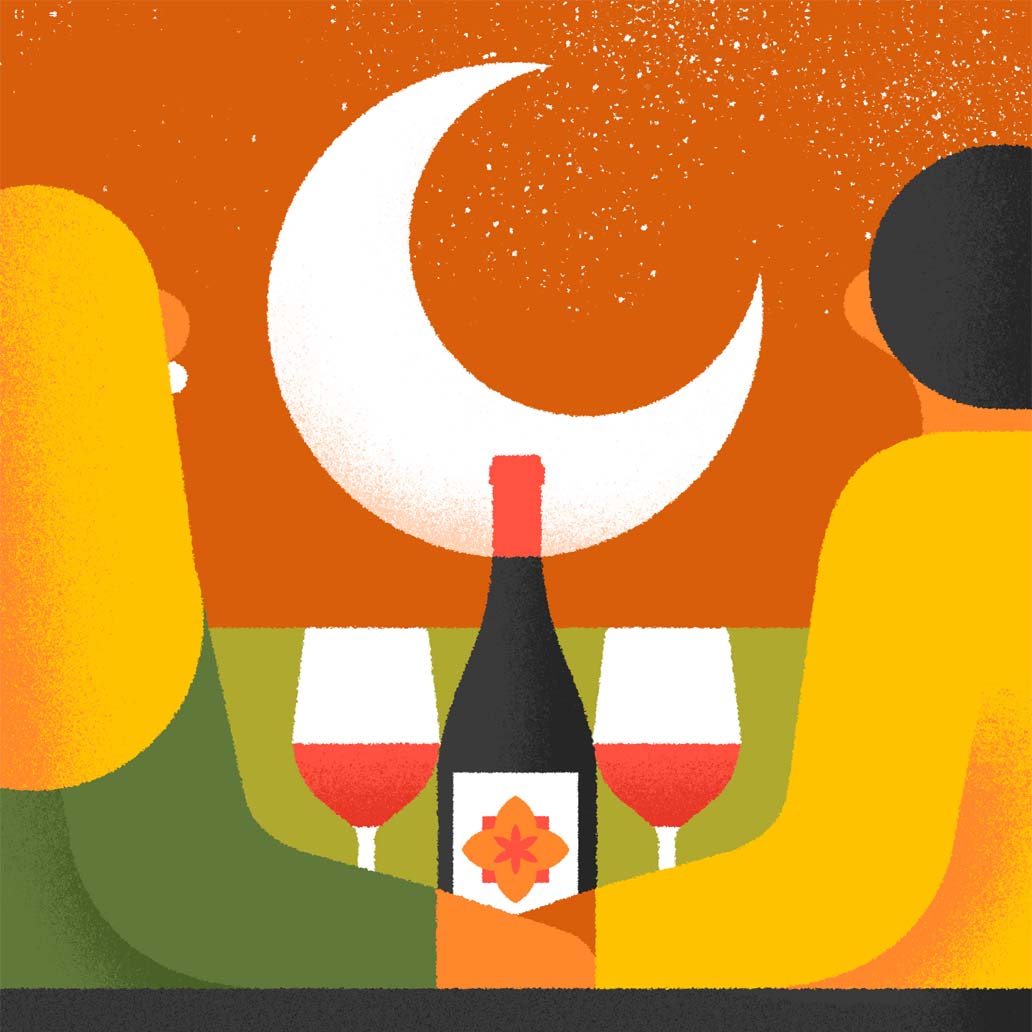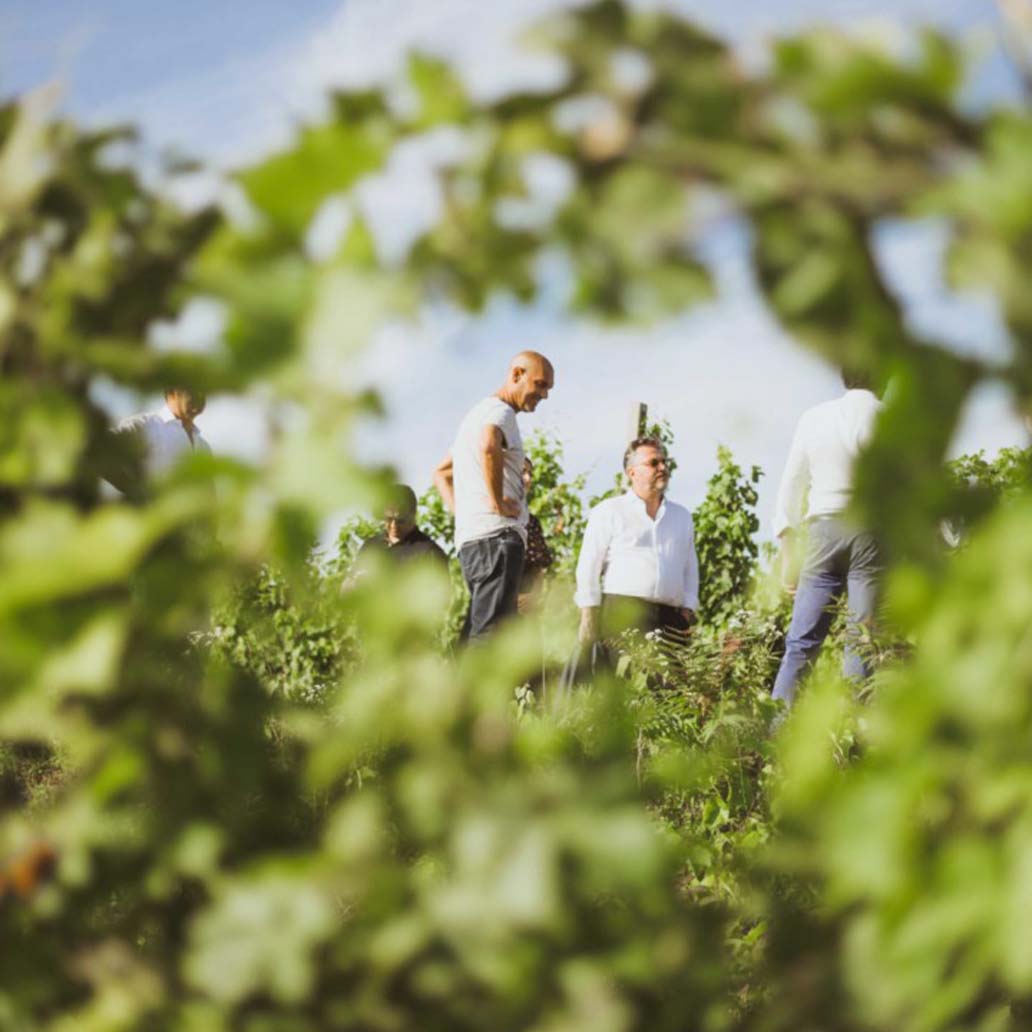
Return to the future? Wine is back on the table – M. Aldegheri
4 June 2020
02.07.2020 De Buris Tour
7 July 2020[vc_row row_height_percent=”0″ overlay_alpha=”50″ gutter_size=”3″ column_width_percent=”100″ shift_y=”0″ z_index=”0″][vc_column column_width_percent=”80″ gutter_size=”5″ style=”light” overlay_alpha=”50″ shift_x=”0″ shift_y=”0″ shift_y_down=”0″ z_index=”0″ medium_width=”0″ mobile_width=”0″][vc_column_text]By Alessandro Torcoli
The universities have taught us how people operate in the luxury sector, especially in the world of fashion, but also of design, watches, and automobiles. For some time now, though, wine has been just as important, with its own impressive luxury segment that commands astronomical prices at auction, like the 558,000 dollars bid at Sotheby’s in New York for a bottle of 1945 Romanée-Conti. Without reaching such dizzy heights, all the producing companies now number among their top wines many products that are regularly worth over 100 Euros. Italy in fact, with its abundance of excellent bottles at affordable prices, lags perhaps behind other countries – not only France, but also Spain and Portugal – in terms of iconic labels. We are doing well at auction, though, with Piedmont, Tuscany and the Veneto among the Regions performing best: Amarone, Barolo and Brunello are now positioned in the vinous Olympus just like Burgundy, Bordeaux, and the Napa Valley.
However, luxury also has a snobbish connotation: it suggests a type of exclusion dictated only by the availability of money, and it often happens that very expensive bottles are snubbed by wine lovers. Indeed, even snobbishness is relative, and some sommeliers, considering themselves the high priests of Bacchus, express their superiority by exhibiting esoteric, expert knowledge about wines that only they have ever heard of. These are forms of exclusivity that do not do our sector any good: ours should be a product for pleasure and sharing. Personally, I found much more exclusive than Pétrus the privilege of being welcomed in a garage at Mamoiada, in Sardinia, and tasting – in a glass rendered opaque by time – the Cannonau made by a farmer with calloused hands. I shall never forget my amazement at such quality created in unbelievable conditions, like a flower growing in concrete. My eyes have witnessed many such scenes, and this is the fabric that sustains the enthusiasm I have always had in describing the joy of wine.
It is true, though, that it costs a great deal (in terms of hard work and money) to consistently produce great bottles that one can send around the world and so involve a large number of enthusiasts. And the care required to obtain the finest results – from the substance of the product itself to the beauty of its packaging – also costs a lot. It therefore makes sense to talk about a premium, or luxury, segment even for wine, because we have to be able to decide, depending on the occasion, whether to wear cashmere or jeans, and be well aware of the differences between them. If anything, exclusivity is a matter of culture, it is a sign of civilization: I have seen millionaires horrified at the thought of spending more than ten Euros for a bottle, and workmen dreaming as they sip an Amarone worth a hundred. The latter are people who know how to read a book that includes history, culture, nature, and intelligence. They know how to travel blind, following the spice-like notes of time. Theirs is a choice dictated by civilization and, all in all, a democratic one.




